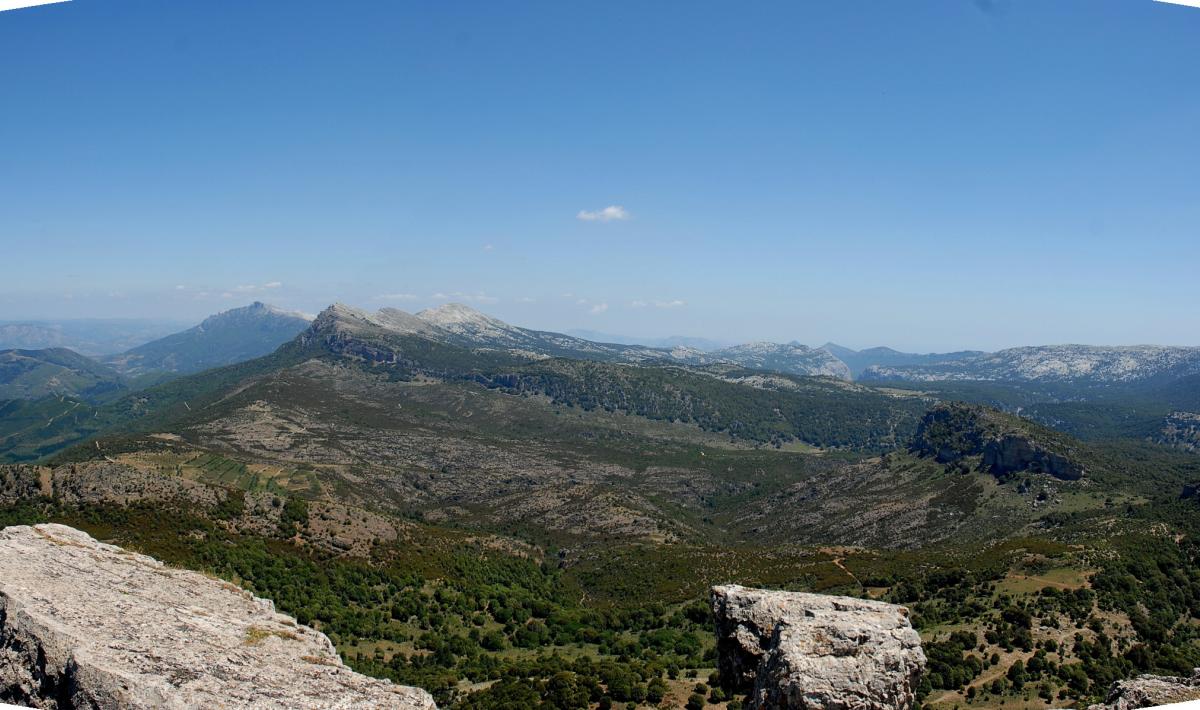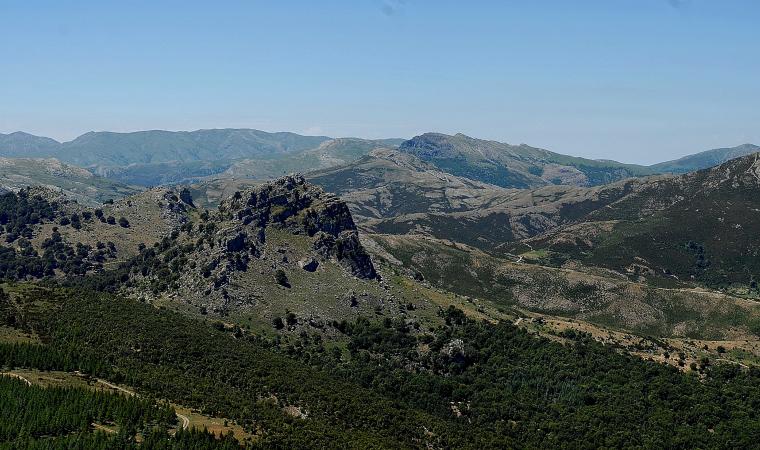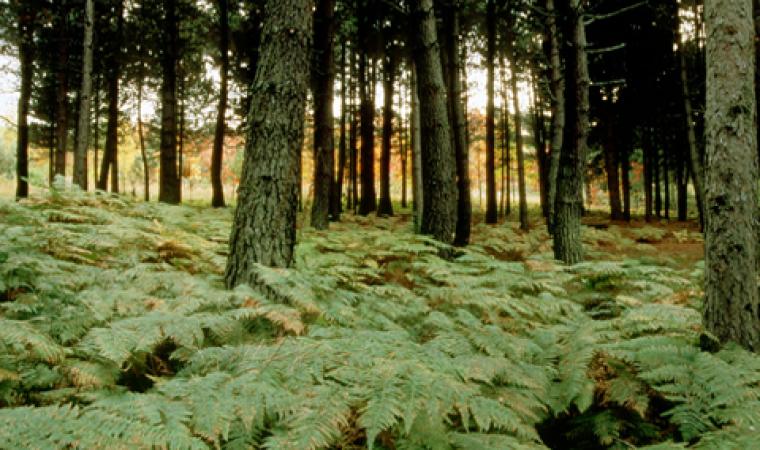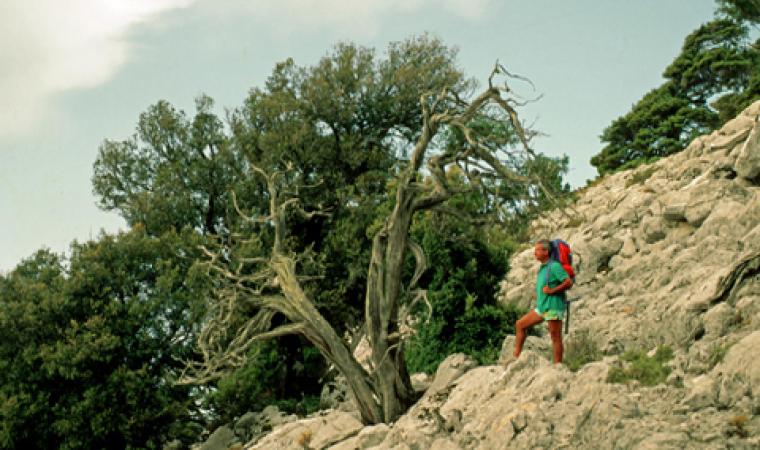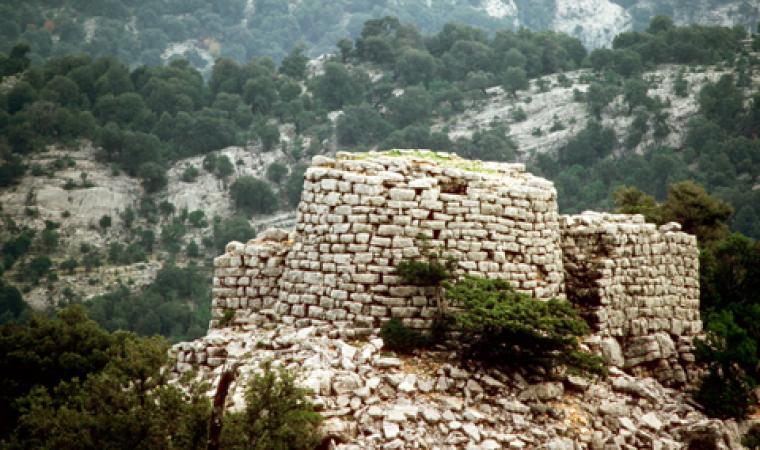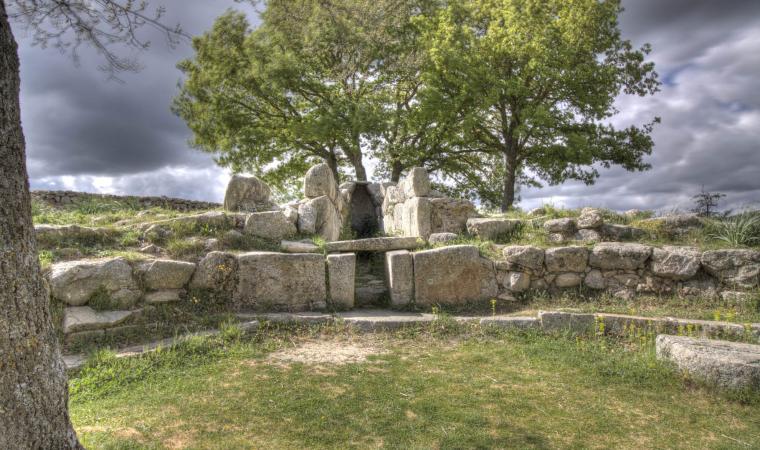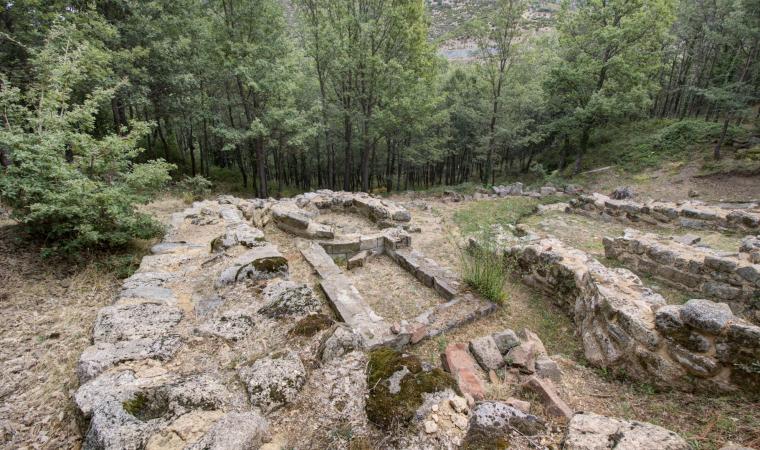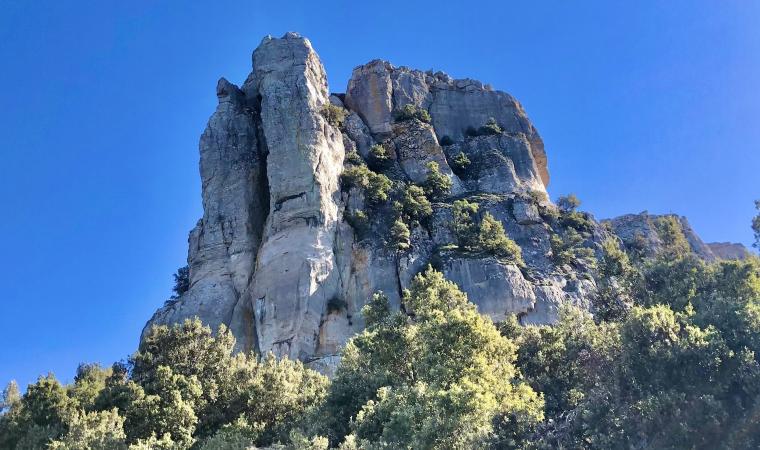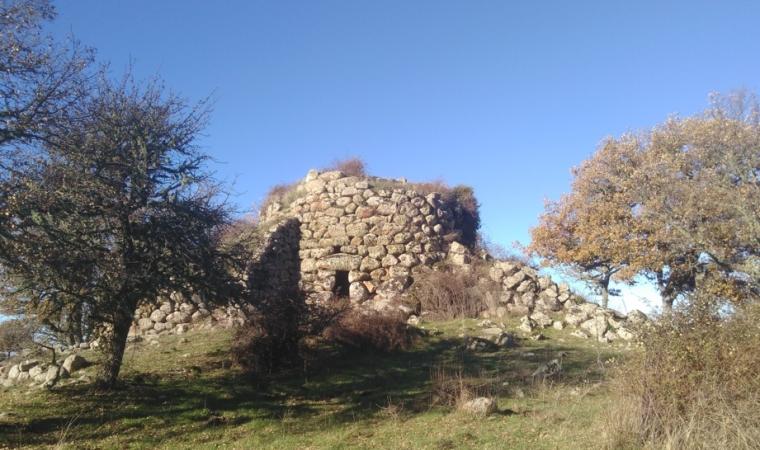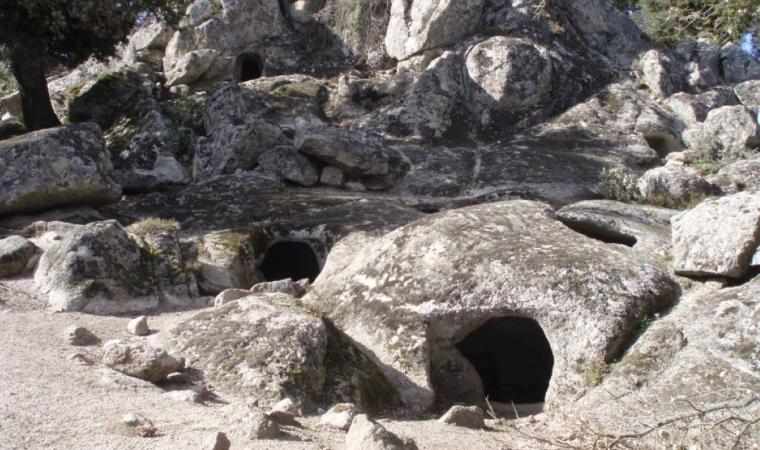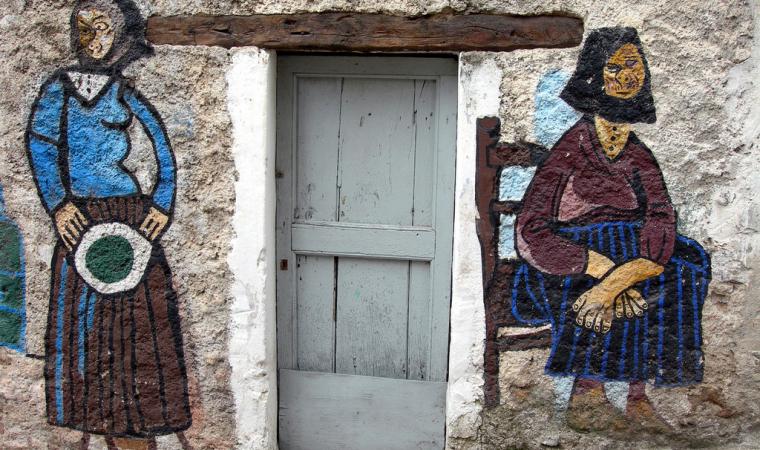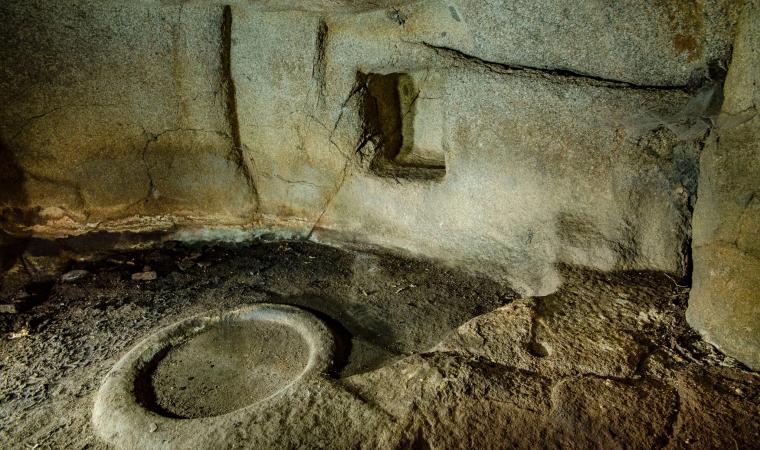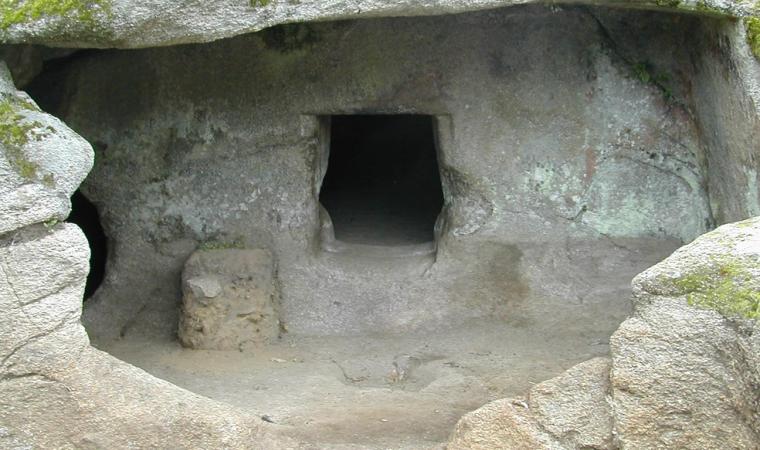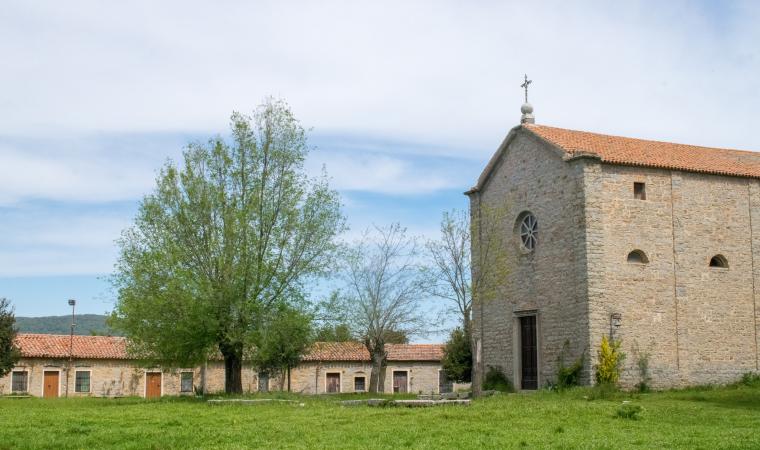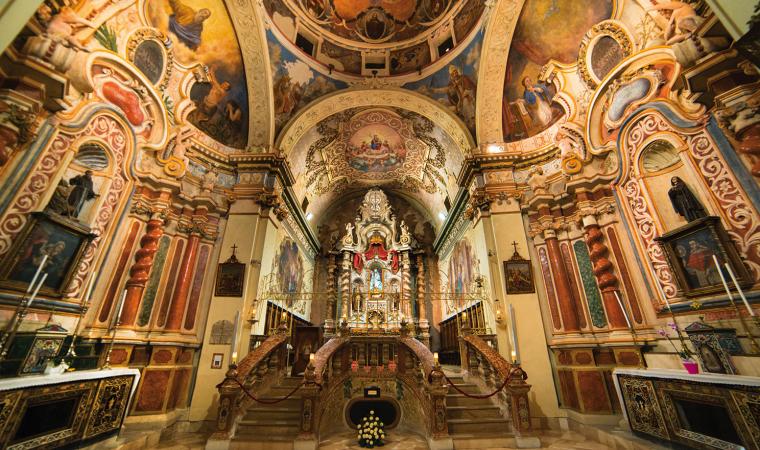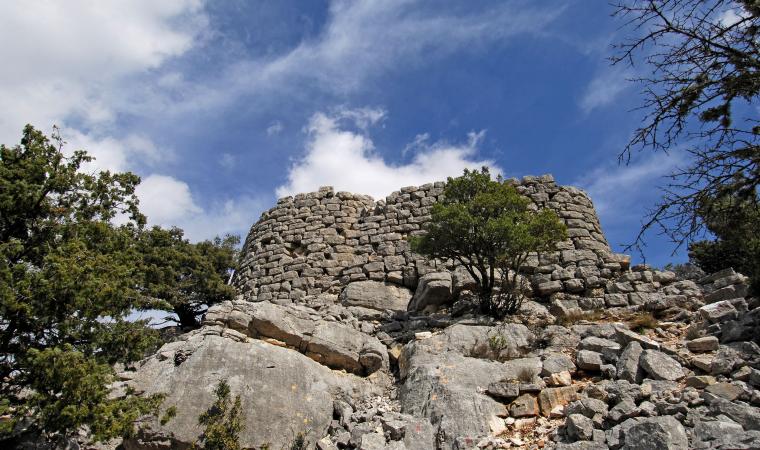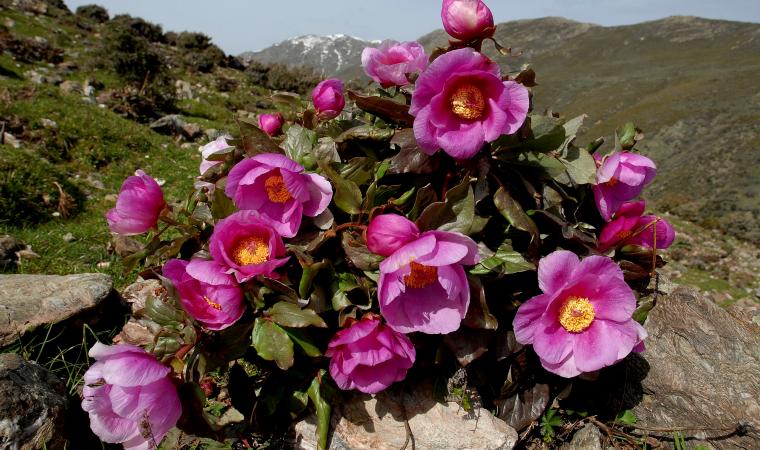In it, there is a centuries-old holm oak forest and it is unique in the Mediterranean basin for extension and characteristics. The forest of Montes, access to which is a few kilometres from Orgosolo, extends for 4500 hectares on elevations around a thousand metres high, from the first spurs of the Gennargentu massif, passing through the high valley of the Cedrino river and the Orgosolo Supramonte area, as far as the Rio Flumineddu river, on the eastern border. A thousand hectares are occupied by an expanse of holm oaks, 20-25 metres tall: it is Sas Baddes, feather in the cap of the state-owned forest, one of the most ancient and extensive holm oak forests in Europe, which coexists with maple trees, holly trees, strawberry trees, phillyrea and yew trees. In the undergrowth, there are peonies and the wild Gennargentu rose, which will enchant you: it is usually a plant with magnificent crimson red flowers, which are pink only at the beginning of spring.
Taking a walk in the forest, you can admire wonderful landscapes, among which the natural monument of Novo San Giovanni - which can be reached from a trail that may be prehistoric - that has aiguilles up to 70 metres high, where rare endemic flowers grow, some of which are unique. The forest is an oasis of protected wildlife: the shy, elegant mouflon is the symbol of Montes and the wild boar is the species with the most numerous population. In the wild habitat, there are also wild cats, dormice and martens. Hares, partridges and foxes live on the edges of the forest. The golden eagle dominates the peaks. You will be able to admire it in flight, along with the goshawk, the common raven, the peregrine falcon, the kestrel and the Eurasian sparrowhawk.
There are numerous springs in this location: from the Funtana Bona, the Cedrino river starts its course. Here, you will notice sheepfolds featuring pinnetos, shepherds' shelters made of stone with cone-shaped roofs made of branches. You will find various Nuragic ruins: the village of Sas Baddes, inside the holm oak forest, two Tombs of the Giants, near the valley of Sa Senepida, and, in the heart of the forest, the Nuraghe Mereu, built from white limestone rocks. You will be struck by its unusually light appearance and, from its location, there is an exceptional view overlooking the walls of the Gorroppu canyon. Of the natural monuments in the area, a visit to the Su Suercone is definitely worthwhile.
Once you have concluded your visit to the natural and archaeological attractions, you can enjoy a visit to Orgosolo, a village with ancient traditions, the land of the Canto a Tenore polyphonic folk singing (UNESCO World Heritage), which stood out in the twentieth century due to the cultural ferment, which is still active, of muralism. Many artists have contributed to the creation of a true outdoor museum: hundreds of murals colour the streets and tell the story of customs and traditions.

